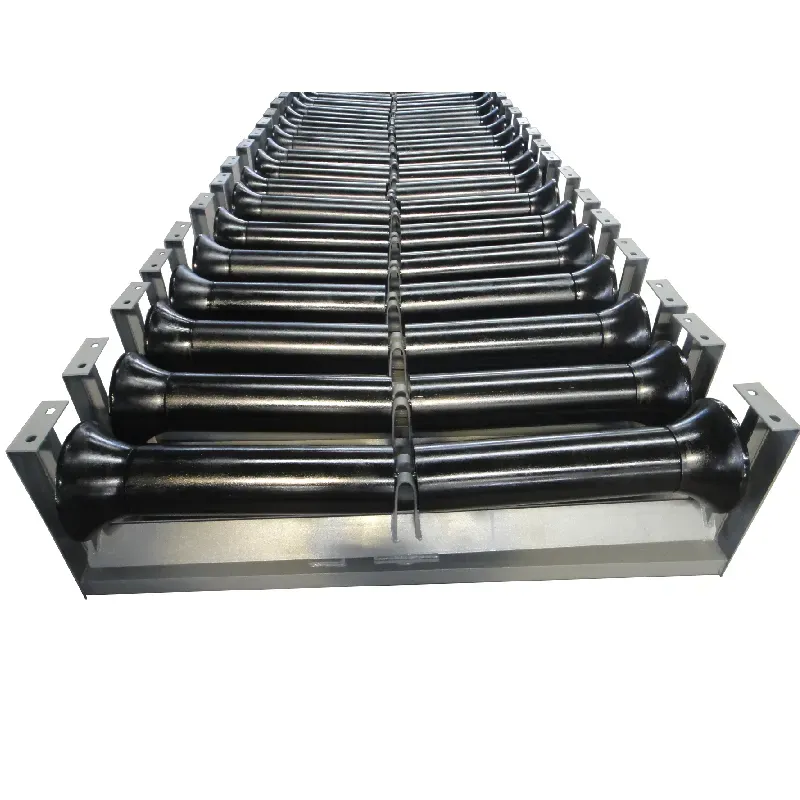 Afrikaans
Afrikaans  Albanian
Albanian  Amharic
Amharic  Arabic
Arabic  Armenian
Armenian  Azerbaijani
Azerbaijani  Basque
Basque  Belarusian
Belarusian  Bengali
Bengali  Bosnian
Bosnian  Bulgarian
Bulgarian  Catalan
Catalan  Cebuano
Cebuano  Corsican
Corsican  Croatian
Croatian  Czech
Czech  Danish
Danish  Dutch
Dutch  English
English  Esperanto
Esperanto  Estonian
Estonian  Finnish
Finnish  French
French  Frisian
Frisian  Galician
Galician  Georgian
Georgian  German
German  Greek
Greek  Gujarati
Gujarati  Haitian Creole
Haitian Creole  hausa
hausa  hawaiian
hawaiian  Hebrew
Hebrew  Hindi
Hindi  Miao
Miao  Hungarian
Hungarian  Icelandic
Icelandic  igbo
igbo  Indonesian
Indonesian  irish
irish  Italian
Italian  Japanese
Japanese  Javanese
Javanese  Kannada
Kannada  kazakh
kazakh  Khmer
Khmer  Rwandese
Rwandese  Korean
Korean  Kurdish
Kurdish  Kyrgyz
Kyrgyz  Lao
Lao  Latin
Latin  Latvian
Latvian  Lithuanian
Lithuanian  Luxembourgish
Luxembourgish  Macedonian
Macedonian  Malgashi
Malgashi  Malay
Malay  Malayalam
Malayalam  Maltese
Maltese  Maori
Maori  Marathi
Marathi  Mongolian
Mongolian  Myanmar
Myanmar  Nepali
Nepali  Norwegian
Norwegian  Norwegian
Norwegian  Occitan
Occitan  Pashto
Pashto  Persian
Persian  Polish
Polish  Portuguese
Portuguese  Punjabi
Punjabi  Romanian
Romanian  Russian
Russian  Samoan
Samoan  Scottish Gaelic
Scottish Gaelic  Serbian
Serbian  Sesotho
Sesotho  Shona
Shona  Sindhi
Sindhi  Sinhala
Sinhala  Slovak
Slovak  Slovenian
Slovenian  Somali
Somali  Spanish
Spanish  Sundanese
Sundanese  Swahili
Swahili  Swedish
Swedish  Tagalog
Tagalog  Tajik
Tajik  Tamil
Tamil  Tatar
Tatar  Telugu
Telugu  Thai
Thai  Turkish
Turkish  Turkmen
Turkmen  Ukrainian
Ukrainian  Urdu
Urdu  Uighur
Uighur  Uzbek
Uzbek  Vietnamese
Vietnamese  Welsh
Welsh  Bantu
Bantu  Yiddish
Yiddish  Yoruba
Yoruba  Zulu
Zulu Understanding the Function and Importance of Conveyor Head Rollers in Material Handling
Understanding the Conveyor Head Roller An Essential Component in Material Handling
In the realm of industrial material handling and transportation systems, the conveyor system plays a pivotal role in enhancing efficiency and productivity. Among the myriad components that make up a conveyor system, the conveyor head roller stands out as a critical element integral to its operation. This article delves into the significance, functionality, and maintenance of conveyor head rollers, highlighting their importance in various industries.
What is a Conveyor Head Roller?
The conveyor head roller, also known as the drive roller or head pulley, is typically located at the discharge end of a conveyor belt. It is the component that drives the belt and facilitates the movement of materials along the conveyor system. Constructed from robust materials such as steel or rubber, these rollers are engineered to withstand heavy loads and harsh working conditions.
Functions of the Conveyor Head Roller
The primary function of the conveyor head roller is to drive the conveyor belt. When the roller rotates, it moves the belt forward, allowing materials to be transported from one point to another. This action is usually facilitated by an electric motor connected to the head roller through a series of belts or chains.
In addition to driving the belt, the head roller serves other important functions
1. Material Discharge The head roller is strategically positioned to facilitate the offloading of materials. As the belt approaches the head roller, materials are released into designated areas for further processing or storage.
2. Belt Tensioning The tension of the conveyor belt is vital for effective operation. The head roller plays a role in maintaining this tension, ensuring that the belt remains taut and operates smoothly without slipping.
3. Realignment Over time, conveyor belts may become misaligned due to various factors such as wear and tear or uneven loading. The head roller assists in redirecting the belt back onto its designated path, thereby preventing operational disruptions.
Types of Conveyor Head Rollers
Conveyor head rollers come in various types, each designed to cater to specific operational needs
conveyor head roller

1. Smooth Rollers These are commonly used in standard applications where maximum friction and material grip are not critical. They facilitate smooth material transfer along the conveyor system.
2. Lagged Rollers These rollers have a textured surface that enhances traction and grip. Lagged rollers are ideal for applications involving steep inclines or heavy loads, as they prevent the belt from slipping.
3. Magnetic Rollers Equipped with magnetic properties, these rollers are utilized in recycling and waste management applications. They effectively separate ferrous materials from non-ferrous ones during the conveying process.
4. Crowned Rollers These rollers have a slight curvature that helps in automatic belt alignment. By guiding the belt back to its center, crowned rollers reduce wear and ensure consistent operation.
Maintenance of Conveyor Head Rollers
Proper maintenance of conveyor head rollers is essential for minimizing downtime and prolonging the lifespan of the conveyor system. Here are some key maintenance practices
1. Regular Inspection Conduct routine inspections for signs of wear, damage, or misalignment. Early detection of issues can prevent more significant problems down the line.
2. Lubrication Ensure that all moving parts, including bearings and shaft seals, are adequately lubricated to reduce friction and prevent overheating.
3. Belt Tension Check Regularly verify that the belt tension is within the recommended parameters. Adjustments may be necessary to maintain optimal performance.
4. Cleaning Remove any debris or materials that may accumulate on or around the head roller to ensure a clear and efficient operational flow.
Conclusion
The conveyor head roller is a vital component in the functionality of a conveyor system, playing a critical role in the movement and handling of materials across various industries. Recognizing its significance and ensuring proper maintenance can lead to enhanced operational efficiency, reduced downtime, and increased productivity in material handling processes. By understanding the importance of this essential component, businesses can optimize their conveyor systems and maintain a competitive edge in their respective markets.
-
Revolutionizing Conveyor Reliability with Advanced Rubber Lagging PulleysNewsJul.22,2025
-
Powering Precision and Durability with Expert Manufacturers of Conveyor ComponentsNewsJul.22,2025
-
Optimizing Conveyor Systems with Advanced Conveyor AccessoriesNewsJul.22,2025
-
Maximize Conveyor Efficiency with Quality Conveyor Idler PulleysNewsJul.22,2025
-
Future-Proof Your Conveyor System with High-Performance Polyurethane RollerNewsJul.22,2025
-
Driving Efficiency Forward with Quality Idlers and RollersNewsJul.22,2025





























